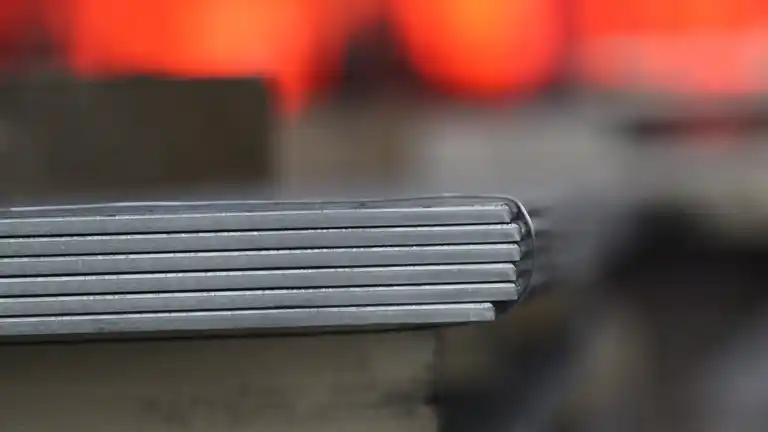Plate Metal
From the point of view of production, plate metal, which has been in demand for thousands of years, is a semi-finished product that can be used to make products and is supplied as sheets in various formats. The first plate metals were made of very soft materials such as gold and silver. These could be formed relatively easily into thin metal sheets for the production of coins and jewellery.

In later times, copper and iron were also processed into plate metal, mainly to make knight's armours. Rolling was not yet known at that time. And so the materials were brought to the required thickness by hammering. Gold and silver sheets were very valuable simply because of their material value.
Iron sheets became an expensive good due to their complex manufacturing. Only very experienced and skilled people could form iron into plate metal by hand with their most simple tools. Only the introduction of the water-powered hammer brought relief and shortened the production time. However, depending on the size of the sheet metal, the process still took several days, which made plate metal expensive.
The industrial revolution introduced machines that could roll metal blocks into plate metal. Quality, dimensional accuracy of thickness and surface quality increased and plate metal became cheaper. The variety of products made from plate metal grew rapidly.
Today there is a wide range of formats and material thicknesses. By combining these factors, the material can be optimally adapted to the planned location of use. An impressive example is the wear-resistant material HARDOX® Wear Plate.
Hard or soft plate metal or high strength steel variants can be obtained by using different alloys. The large selection of alloying elements, such as chromium, nickel, silicon, molybdenum, niobium, copper and titanium, which can be added to the steel in a liquid state, influence the properties of the finished plate metal.
In order to bring structure to the numerous types of steel, aluminium and other metals in a wide variety of alloys, standards and material numbers have been introduced which summarise the materials according to their properties.
See also
Brinell hardness test
Performing the hardness test by means of a ball pressure test according to the Swedish engineer Johann August Brinell.
Read moreCoil
Plate metal that is rolled-up to coils is easier to transport and requires less space in the warehouse
Read moreCorrosion
Corrosion is a natural process and damages most metals. What types of corrosion are there?
Read more